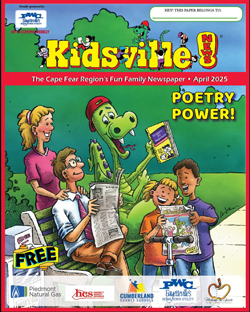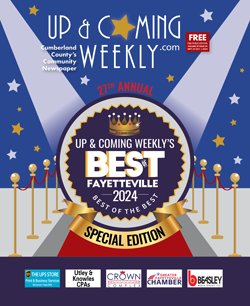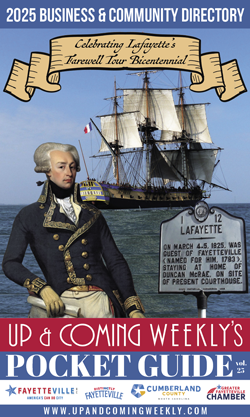
This is the 13th time the competition has been held. In the wake of COVID, the event has had to shift and adapt. Last year, fewer teams competed, and the French team was the only international partner able to attend. During the 2020 competition, the USASOC Sniper Competition was held entirely in-house, with soldiers already at Fort Bragg representing the different Special Forces Groups and special operations elements.
21 teams were in attendance to compete; six of the teams were international, including teams from Ireland, France, Italy, Netherlands, Germany and Switzerland,
Non-descript white, gray and silver government issue vans ferried soldiers and their equipment between events on precise timelines. Six minutes to here, eight minutes there. Upon arrival at any given range, competition organizers provided each team with relevant details of the challenge before them. The teams collected the appropriate weaponry and scopes, bundled out of their vans and were given one minute to ask the SFSC instructor in charge questions.
On Tuesday, March 22, a white van rolled up to Range 61 with a two-person team from the U.S. Marine Corps 3rd Raider Unit. One team member climbed to the first floor of a six-floor structure facing a long-range, and the other situated himself in the back of a Humvee next to the building. Each in the prone position. Spotters stood at scopes to check their accuracy and the instructor in charge handed the operator on the first-floor platform a tile with one of eight possible images. The team member in the Humvee, who played spotter for this event, was given a key with all eight images and each image corresponding to a specific target shape and color.
The soldier in the Humvee has a carbine, the other a long gun or sniper rifle.
"… background, there are several shapes," called the soldier on the platform. "On the background is a large five-pointed star."
"Yup," the soldier in the Humvee confirmed.
"Inside of that is a large circle, inside of the circle is a square inside of the square is hexagon… an octagon, inside of the square is an octagon, and then inside the octagon is an orange circle with a blue border," the soldier on the platform said.
"Alright, it's going to be a green piece of steel. It's literally just a vertical … a green two-by-four," the soldier in the Humvee said.
"Got it."
The soldier on the platform lines up the shot, accounts for the distance and wind and pulls the trigger.
"Miss," calls the spotter.
And another tile is given to the soldier on the platform. This continues until the team's time has run out. The Marine Raiders praised the challenge, loaded up and headed to their next event.
Each event is designed to test the team's marksmanship and ability to communicate and work as a team.
On Range 62, the next event tested the teams on their ability to shoot at "known distances."
"A big problem with shooting is wind," explained SFSC Instructor Rick Cuza.
He explained that the targets were placed 500 to 800 meters out. Each bank of targets had been small, medium and large targets of about the same height but not the same width. The targets range in the number of points they are worth; more for smaller targets less for the larger ones.
"They have to decide based on the distance and what they see the conditions which target they are going to shoot," Cuza said.
At another event, soldiers from the 7th Special Forces Group (Airborne) completed an event designed to test their ability to discriminate between their targets, deciding which targets are threats and which are not.
Organizers staged this event in an urban setting with targets placed between 385 meters and 650 meters. The team was positioned in a room on an upper floor of a building shooting out of a window. The teams would need to use their scopes to determine if objects near their targets were weapons, indicating they were a threat.
Command Sgt. Maj. Chuy Almonte, 2nd Battalion, 2nd Special Warfare Group believes the event does not simply measure marksmanship; the events measure a soldier's ability to perform under stress.
"It's really about to be able to problem-solve … managing your stress," Almonte said.
Almonte says that the competition is of value beyond measuring skills; that it lays a foundation of communication and collaboration and facilitates the sharing of knowledge with international partners.
This is important from a perspective of personal experience, Almonte explained.
While deployed in Afghanistan, Almonte worked on a firebase in a "very kinetic area during a very kinetic time." They needed help and were supported by a group of Czech Republic special forces. They built a strong relationship.
"We brought a lot of white space to that region … we went from a 500-meter freedom of movement to an almost 10 kilometers freedom of movement," Almonte said. "Because of that partnership with the Czech soldiers."
Further down the line, while working on a different problem set based in Africa, that relationship was again a benefit.
"Focused in a totally different content and area of the world, but because of our previous relationship together, we were basically able to pick up where we left off," Almonte said.
The events culminated in a banquet Friday, March 26, where the event's winners were recognized. A USASOC team for Fort Bragg took first place, France second, and 20th Special Forces Group (Airborne) third. Ireland was disqualified during the competition for a negligent discharge.

 How to resolve AdBlock issue?
How to resolve AdBlock issue? 








